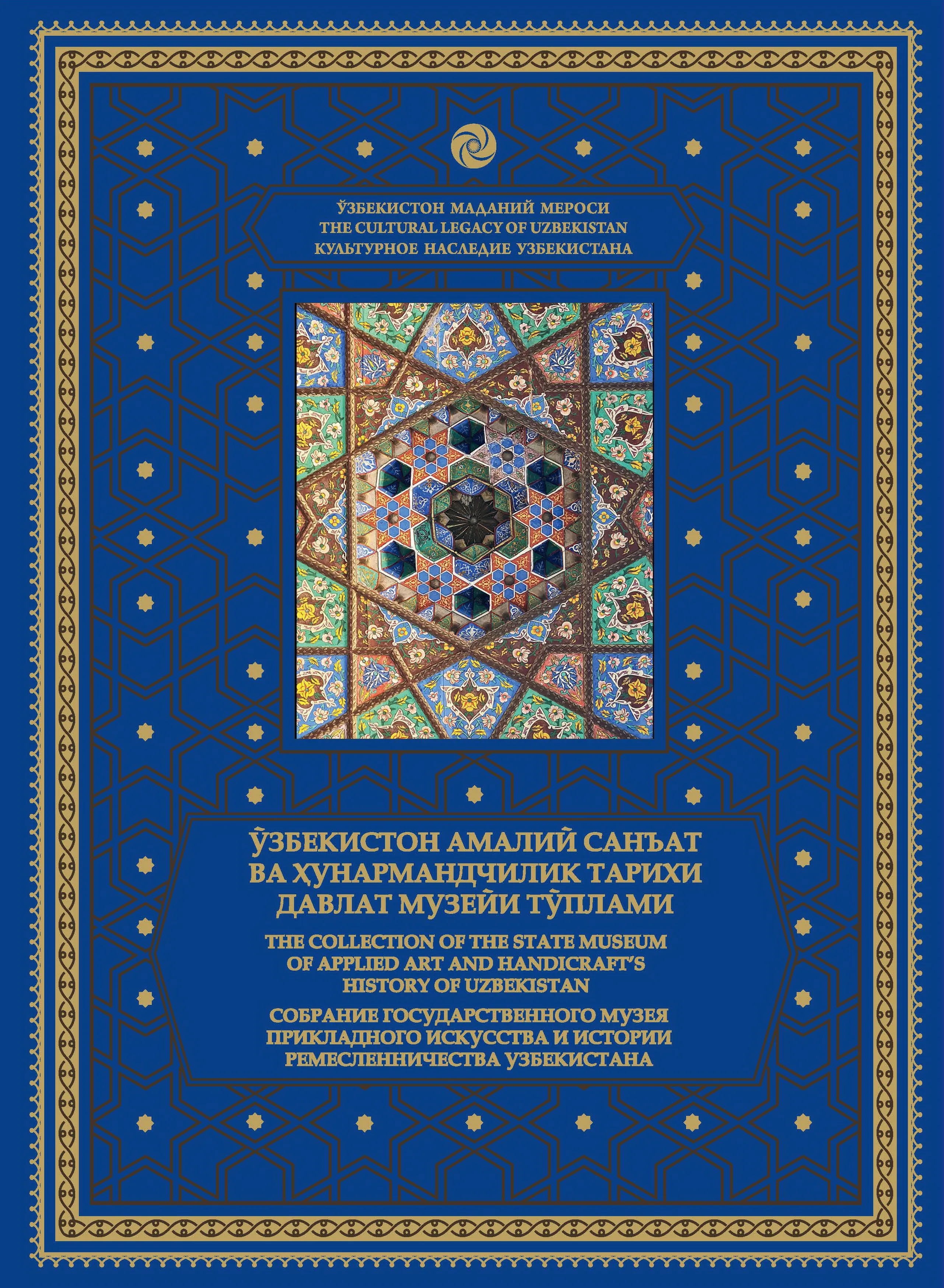THE COLLECTION OF THE STATE MUSEUM OF APPLIED ART AND HANDICRAFT’S HISTORY OF UZBEKISTAN
Description
The beautiful late 19th-century monument of Uzbek architecture in Tashkent known as the Polovtsov House houses the State Museum of Applied Arts and History of Handicrafts of Uzbekistan, one of the most famous cultural and educational centers in the country. However, there is one more person associated with the history of this building. This is an outstanding ethnographer and orientalist, a native of Tashkent, M. S. Andreev, who at one time served Polovtsov and was engaged in the reconstruction of the mansion he bought. Andreev's fate resembles an exciting detective story, because he was not only a polyglot, but also a great connoisseur of the history of traditional art in the region. This volume describes the fate of Andreev and presents the museum collection representing all types of traditional and non-traditional applied art in Uzbekistan in the late 19th and 20th centuries. It includes jewelry, artistic glass, examples of wood carvings and paintings, musical instruments, ceramics and small sculptures, various types of traditional textiles, porcelain and lacquer miniature.

